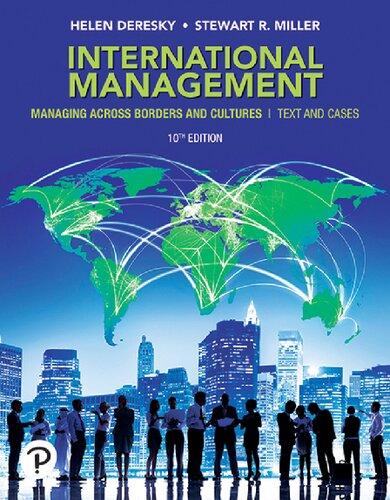7-14. How has IKEA been able to localize its strategic implementation in India? In 1996, McDonalds, the
Question:
7-14. How has IKEA been able to localize its strategic implementation in India? In 1996, McDonald’s, the US hamburger chain, opened its first store in India, an event seemingly imbued with symbolic import. Five years earlier, the government had begun to relax its tight controls over the Indian market, from which large western brands had long been excluded.
The opening of McDonald’s in New Delhi was a metaphor for a country opening to the outside world. In deference to the Hindu taboo on eating beef, McDonald’s replaced its core product—the hamburger—with alternatives like mutton patties and veggie burgers. Yet Indian consumers were expected to embrace a global brand they had been long denied. I attended that milestone launch, and the hours after I ate an inaugural veggie burger was one of the few times I’ve ever had food poisoning in India. As it turned out, India hasn’t treated McDonald’s too kindly either. The brand has struggled to appeal to Indian tastes. The company also ended up in a bitter legal battle with one of its erstwhile Indian partners, triggering the collapse of its north Indian business, and severe brand damage. I recalled McDonald’s misadventures last week as Ikea finally opened its long-awaited first store in India, in the southern city of Hyderabad, a dozen years after it first applied for permission to enter a market that still tantalises foreign companies with its promise.
Step by Step Answer:

International Management Managing Across Borders And Cultures Text And Cases
ISBN: 9780135897874
10th Edition
Authors: Helen Deresky






